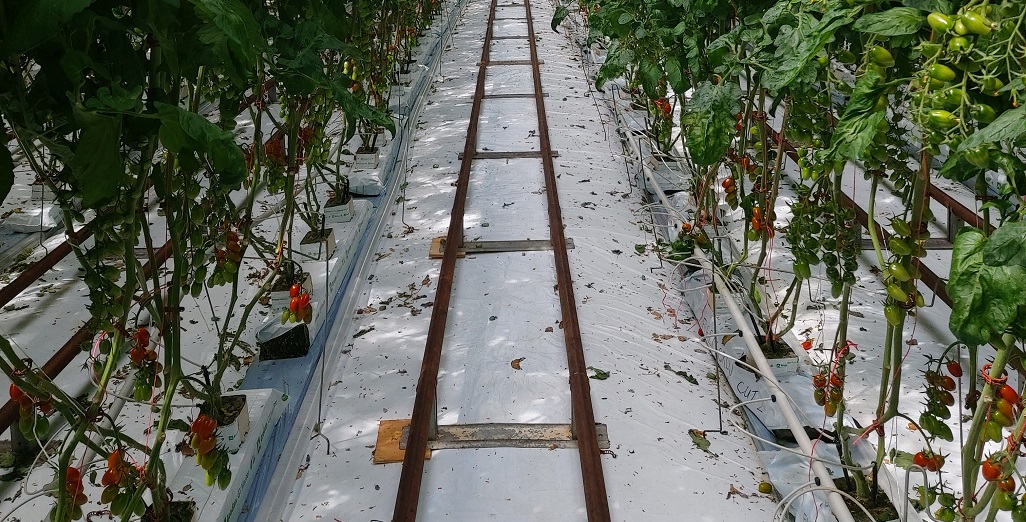Sign up here to subscribe to the Grower2grower Ezine. Every two weeks you will receive new articles, specific to the protected cropping industry, informing you of industry news and events straight to your inbox.
Feb 2019
The Hot Weather Continues
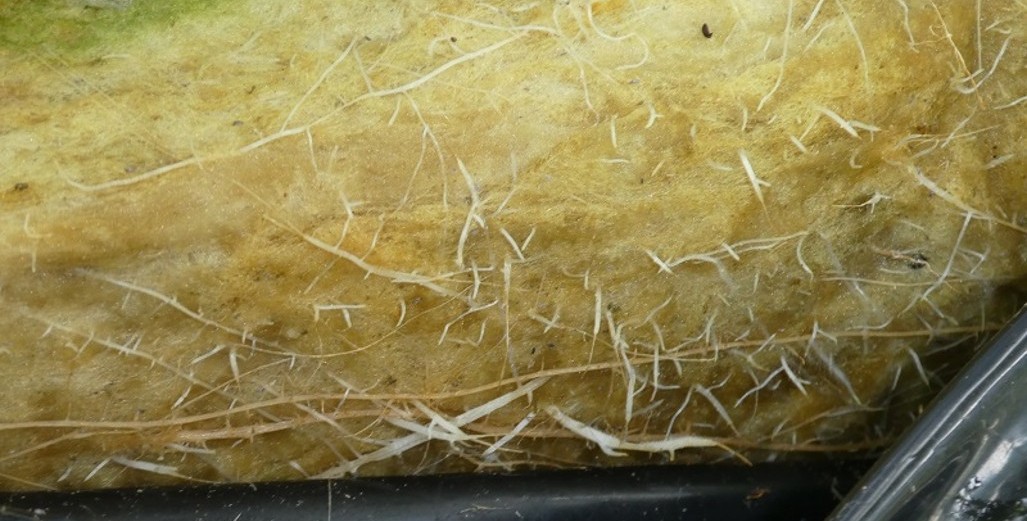
Warm Irrigation Water Will Not Be Helping
These last few weeks have been very warm and it is not showing any immediate signs of easing. It has been very interesting to watch how the medium to older crops cope. As expected, the root systems are not as crisp as they could be and almost all have a tinge of brown staining. I have measured and observed substrate temperatures in excess of 25 degrees. Not much attention is given to how oxygen is depleted in the water at higher temperatures, possibly because the effects for growers is generally a short period in January and February. However, the damage and stress on the plant in this period is potentially very costly. It is a time of the year we want plants to produce as much as possible and if there is added stress, problems will quickly occur.
'The amount of dissolved oxygen that the water can hold depends on the temperature and salinity of the water. Cold water can hold more dissolved oxygen than warm water and fresh water can hold more dissolved oxygen than salt water. So the warmer and saltier the water, the less dissolved oxygen there will be.'
From my own experience as a grower, I have witnessed that when the temperature rises to 20 degrees in the Irrigation water, combined with the mass of the substrate, then maintaining a desired substrate temperature is very difficult or even impossible. Crops that are older and have a large canopy will help shade the irrigation PE lines and substrate from direct sunlight. For young plants, even more so if you have black PE lines, the temperature will become totally out of control and possibly go well over 30 degrees. It makes it difficult if you are trying to control the generative/vegetative growth on young plants. If you are planting in this oppressive weather then I recommend you run large shots to make sure you get some cool water onto those root systems. It is not an ideal scenario but needs must.
Several years ago, in the heat of summer, I visited an NFT grower that had terrible trouble from damping-off with their young plants. They were a healthy plant, when received from the nursery, but started damping-off several days after planting. The main observation, which stood out, was the extremely warm irrigation water temperature, over 30 degrees! As this was a closed, 100% recycled system, the water just kept returning from the gullies and would become warmer and warmer. The only solution I could suggest was if they could cool the water. So, a large amount of ice was purchased and delivered which did bring the water temperature back to a more desired level. It may seem over the top, but it worked, and basically the problem went away.
Many growers use water directly from bores. This is an advantage as the water is much cooler and if large amounts of water are needed then the water doesn’t have the time to become too warm in holding tanks. For growers whose main water source is from their reservoirs, it is a different proposition. The reservoirs will be dropping as there has not been any major rain and the lower they become the warmer the water will become. Even if bores are used to top up the reservoirs, the water will still be warm. I believe these growers are at a disadvantage unless they have a way of cooling their water before the point of mixing with the fertiliser.
I do believe if irrigation water is cooled there would be a lot less root damage and therefore the plant would be able to function better. What I would struggle to prove is the cost benefit of cooling water as the capital investment could be too high. However, I believe it is worth discussing.
Look closely and you will see the brown staining on the roots I am referring too.
I appreciate your comments. Please feel free to comment below or on the grower2grower Facebook page:
https://www.facebook.com/StefanGrower2grower/
Article Written by Stefan Vogrincic, Consultant, Grower2Grower
Article Edited by Marie Vogrincic, Editor, Grower2Grower
CLASSIFIED
Subscribe to our E-Zine
More
From This Category
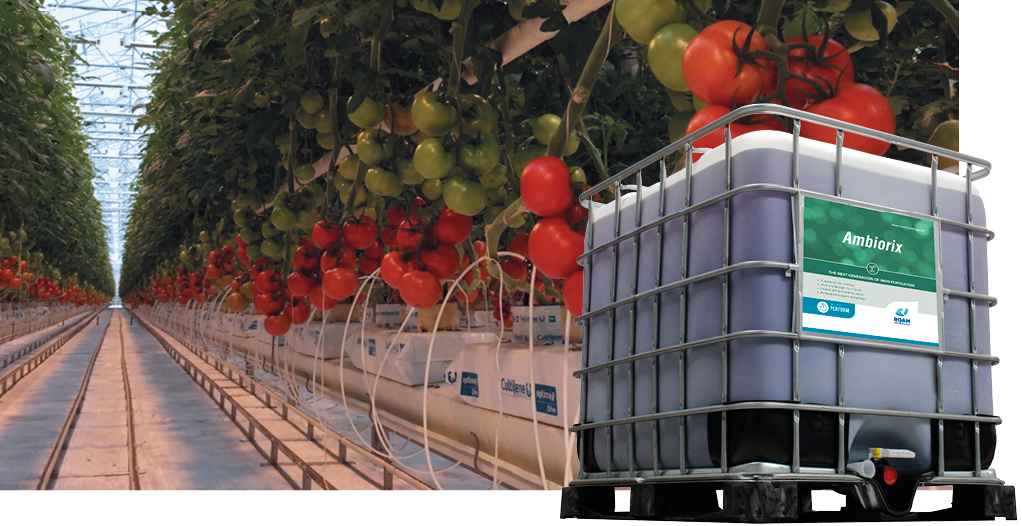
Less fertilisation and higher yields with Ambiorix iron polyphosphate

Bluelab Introduces OnePen™
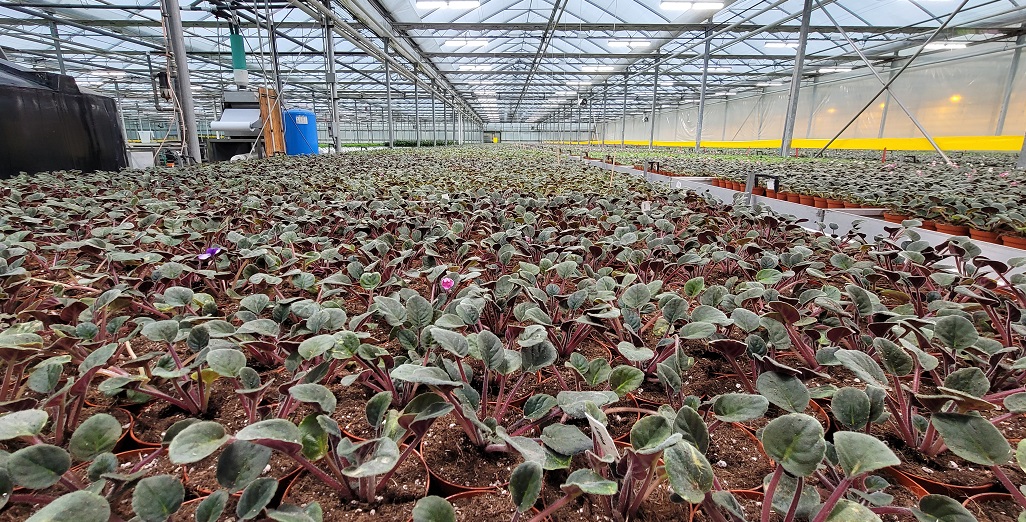
Free Webinar on Controlling Waterborne Pathogens in Greenhouses
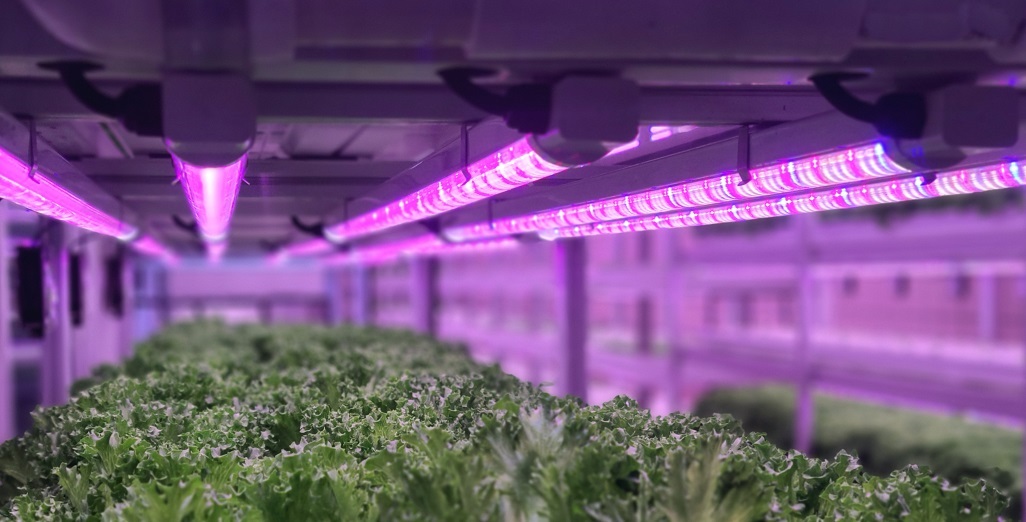
Whitepaper elaborates on safe recirculation of irrigation water
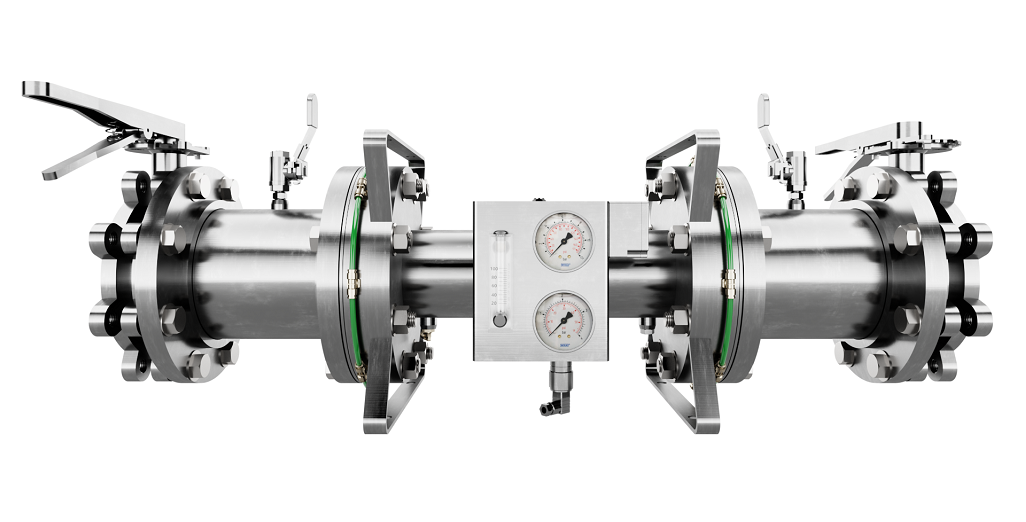
Introducing Moleaer’s Trinity: Revolutionizing Agriculture with Advanced Nanobubble Technology
